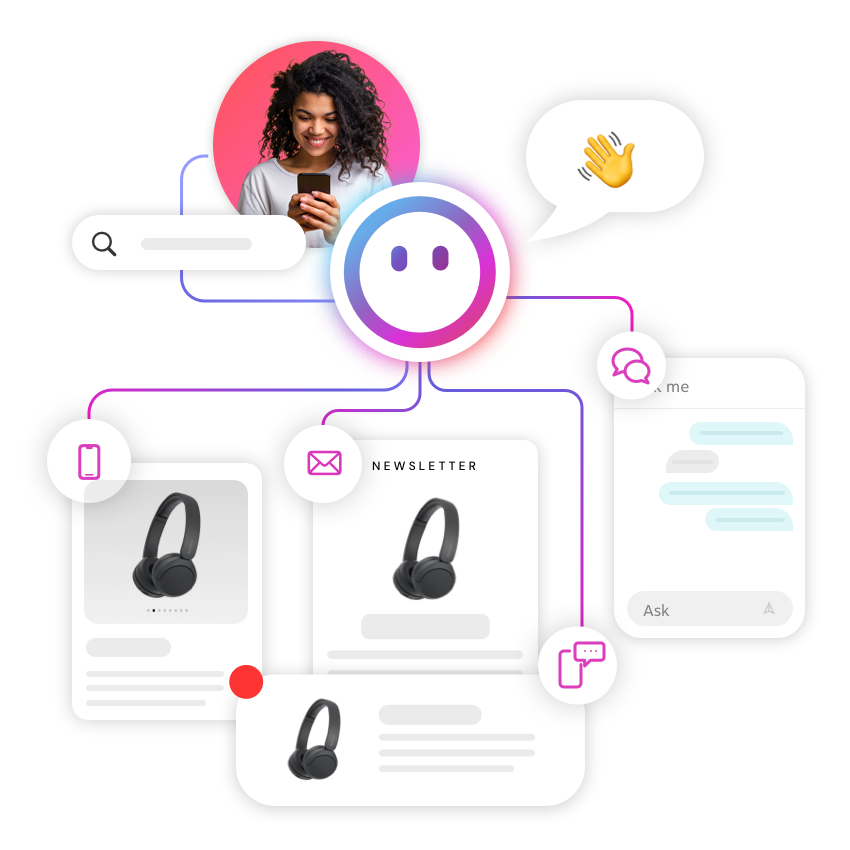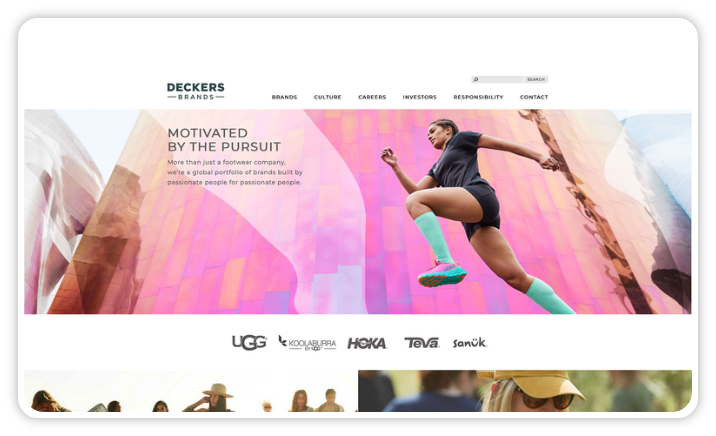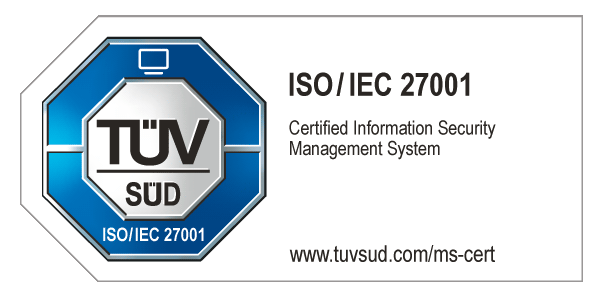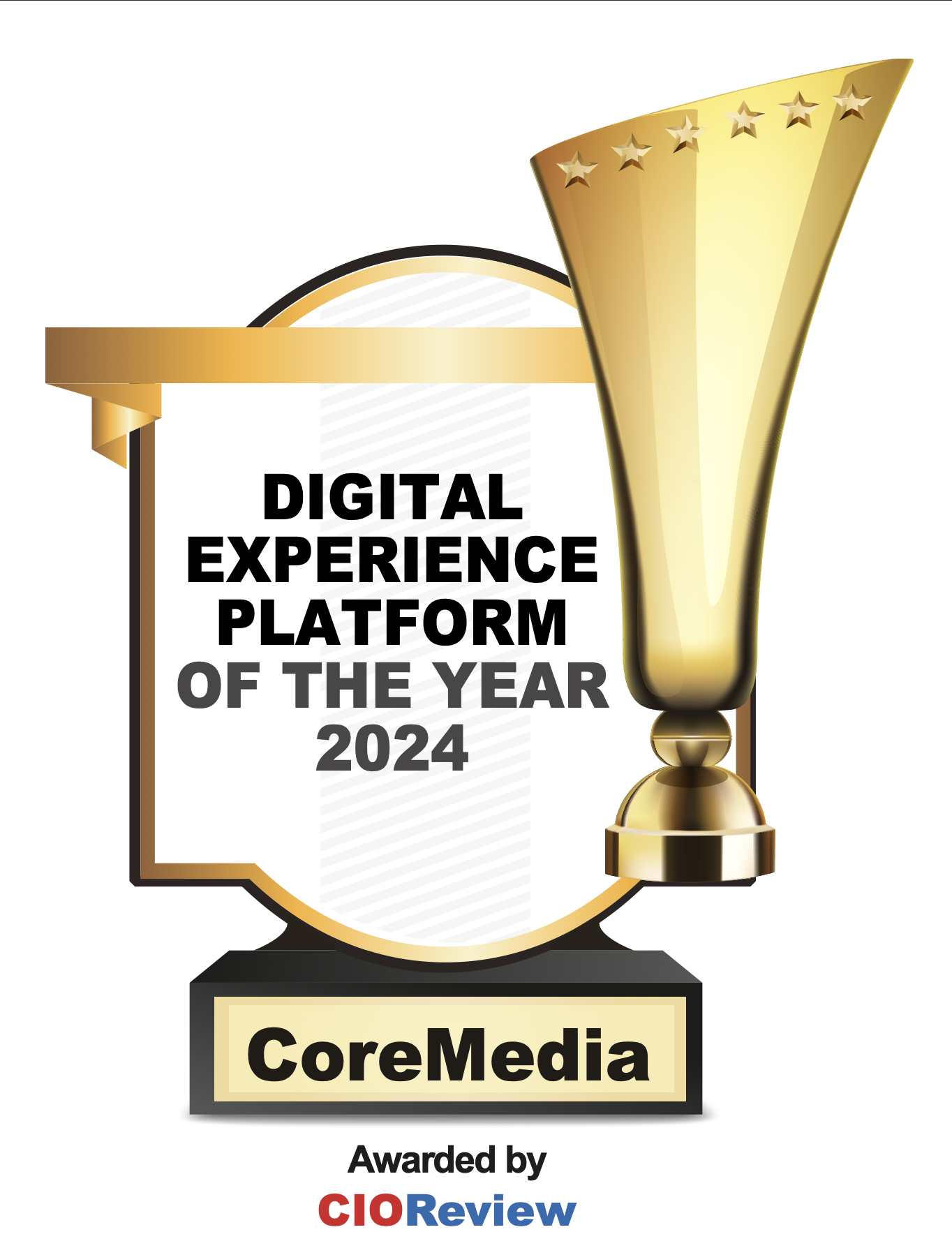TL;DR
- AI-powered search is here: LLMs like ChatGPT, Google AI Overviews and Perplexity are reshaping how people find information and how enterprises show up.
- User behavior has shifted: Everyone now uses conversational prompts and expects direct answers. Clicks are fewer but more engaged, while tolerance for ads is dropping.
- Enterprise adoption is accelerating. Companies are embedding LLM search into their customer support processes (chatbots), content delivery, internal knowledge management, and marketing (through AI-driven content, personalization, conversational commerce).
- Visibility is being redefined: It’s no longer about SERP rankings alone. The new goal is to be cited by AI systems, so Generative Engine Optimization (GEO) is the next frontier.
- Our perspective: This is an opportunity and enterprises that adapt quickly will own the conversation in their industries. The question isn’t “how do we rank?” anymore but “how do we become the trusted source AI turns to?”
The way we search online is no longer the same. For decades, digital strategies have revolved around search engine optimization (SEO) and customer experience design following Google’s algorithms. But in 2025, it looks very different: AI-powered, conversational search, driven by Large Language Models (LLMs) like ChatGPT, Google’s AI Overviews, Claude and Perplexity, is becoming the primary interface between people and information.
This shift is not incremental but structural. And for enterprises, it raises pressing questions:
- How do we ensure our brand remains visible in AI-driven answers?
- How do we adapt content and digital experiences for conversational search?
- What organizational changes must CMOs and IT leaders make to thrive in this new age?
At CoreMedia, we’ve been following these changes closely. Drawing on the latest adoption data and user behavior research, here’s a state-of-the-art look at LLM-powered search, enterprise adoption and the strategies leaders need to embrace now.
Why is LLM search so important for enterprises?
Well, the numbers speak for themselves:
- McKinsey reported by late 2024 that 78% of respondents say their organizations use AI in at least one business function, up from 72% in early 2024 and 55% a year earlier.
- AI-driven search referrals to U.S. retail sites surged 1,3% in a single year.
- Google’s AI Overviews already appear on 13% of search queries, with many users finding answers directly from AI summaries rather than clicking through to websites.
This means that the traditional SEO playbook you follow, that includes optimizing keywords, climbing SERPs and hoping for clicks, is no longer enough. Enterprises must prepare for a world where visibility equals being cited or referenced by AI systems, not just ranked by Google.
How companies are using AI in the digital experience
Many organizations aren’t waiting on the sidelines and are already embedding LLM-powered search into their customer experience, marketing and IT operations. Here’s how:
1. Customer experience & support
It’s widely recognized that LLM-driven chatbots are transforming customer service. In industries like insurance and utilities, they’re used to deliver instant, conversational answers to customer questions around the clock. In the telecom sector, similar solutions integrate conversational AI across multiple touchpoints, both online and offline (e.g. call center interactions) creating digital assistants that facilitate everyday interactions.
These AI assistants do more than cut costs. They improve customer satisfaction by delivering fast, accurate and context-aware answers, while handing off complex cases to human agents. For CMOs, that means higher retention and brand affinity. For CIOs, it means scalable and efficient support that doesn’t overwhelm IT infrastructure.
2. Omnichannel content orchestration
One of the biggest shifts triggered by AI is the expectation for consistency across every channel. People no longer distinguish between “searching” and “engaging” — we expect the same tone, accuracy and personalization whether we’re interacting through a website, a chatbot, a mobile app or even human-assisted touchpoints.
For CMOs, this means moving beyond siloed campaigns to a model where every channel is connected and every experience feels coherent. For IT teams, it also means ensuring that content, data and AI-driven recommendations flow smoothly across platforms.
So, AI-powered orchestration enables enterprises to:
- Localize content at scale, ensuring global consistency while adapting for cultural and linguistic nuance of each region.
- Automate routine distribution, so teams spend less time repurposing content and more time crafting strategic narratives.
- Maintain brand integrity, even as gen AI adapts messages for specific audiences and contexts.
The result is clear: enterprises that master omnichannel orchestration deliver trustworthy and personalized experiences everywhere their customers show up, which is a competitive advantage when the first interaction may happen through an AI assistant rather than your homepage.
3. Marketing & digital experience
For CMOs, the marketing stack is being transformed by AI-powered search in three key ways:
- Conversational commerce: Brands are introducing AI-powered shopping assistants that guide customers to products through natural, dialogue-based interactions. Instead of navigating menus, customers simply ask and the assistant delivers.
- Hyper-personalization: Generative AI makes it possible to create personalized campaigns at scale, maintaining a human-like tone while adapting each piece of content to individual customer needs and contexts. This approach keeps customers engaged and deepens connections with the brand.
- AI-optimized content: Enterprises are combining human creativity with AI efficiency to produce compliant content at scale. Teams are also focused on publishing FAQ and answer-focused resources designed specifically to be referenced in AI search results, ensuring visibility in conversational engines as well as traditional search.
This hybrid approach of combining AI scale with human authenticity is already delivering gains in organic traffic, conversions and customer satisfaction.
User behavior: The AI search mindset
Just as companies are adopting AI search, users are rapidly changing how they search and consume content. Instead of typing “summer jackets sale,” a customer might now ask: “I need a lightweight, waterproof jacket for a hiking trip this June. What are my best options under €200?”. AI search thrives on this kind of rich context and users are quickly learning to embrace it.
On the flip side, users now expect a complete answer at the top of the page or chat, not a list of links. This “zero-click” behavior means fewer site visits, but more qualified traffic when they do click. Recent studies have found that AI-referred visitors spend 8% longer on site, view 12% more pages and bounce 23% less compared to traditional search visitors.
People are also more frustrated with regular ads, with 66% of users stating that Google shows too many ads. So, the cleaner AI interfaces are winning and setting a new expectation for ad-light and answer-heavy experiences. For enterprise leaders, this is a wake-up call.
User behavior pre vs. post LLM search
| Aspect | Pre-LLM | Post-LLM |
| Query style | Short keywords | Conversational, contextual prompts |
| Results expected | List of links | Direct synthesized answers |
| Trust | Based on site authority | Based on AI’s confidence and citations |
| Content consumption | Multiple site visits | Fewer clicks, higher engagement when they occur |
| Tolerance for ads | Moderate | Very low |
4 moves companies must make in the age of AI search
The rise of LLM-powered search requires a new playbook for visibility and engagement for enterprises. At CoreMedia, we see four must-have strategies for leaders who want to stay visible and relevant.
1. Optimize for GEO, not just SEO
Traditional SEO isn’t dead, but it’s no longer sufficient, because being referenced in an AI answer is the new “position zero.” The future is Generative Engine Optimization (GEO), which implies structuring content to be cited by AI.
You can achieve this by:
- Creating answer-focused content (e.g. FAQs, how-tos, lists).
- Publishing original research and data that AI systems are likely to quote.
- Building brand authority through mentions in reputable sources.
2. Build conversational, context-rich content
Content must evolve from keyword-heavy to context-rich storytelling. Think customer scenarios, problem-solution guides and natural Q&A.
This isn’t just about SEO, it’s about designing content that LLMs can easily interpret and users genuinely find useful. Structured and answer-focused content increases the likelihood of being surfaced in AI-driven results, while also delivering real value when customers land on your site.
For CMOs, this means creating content that engages like a conversation, while for IT leaders, it means ensuring the right metadata, structured data and delivery mechanisms are in place so AI systems can consistently read and present that content.
Structured data, such as FAQ schema, HowTo schema, and Product schema, is now crucial. It acts as a translator between your content and AI search engines, clearly signaling what a page contains. This helps generative AI extract direct answers, step-by-step instructions or product details with confidence. For enterprises, implementing schema at scale ensures that content is not only discoverable but also positioned to be cited by LLMs in response to customer queries.
Beyond your own content, third-party conversations matter more than ever. Forums like Reddit, community Q&As and customer review platforms are often cited by AI search engines because they contain authentic, conversational language. When customers share experiences or answer each other’s questions, those discussions create the exact kind of natural phrasing that LLMs prioritize.
For enterprises, this means encouraging reviews, fostering community discussions and ensuring brand presence in trusted forums can directly influence how (and if) your brand is mentioned in AI-generated answers.
3. Monitor and measure AI visibility
Just as SEO teams track rankings, enterprises need to monitor AI visibility:
- Is your brand cited in AI answers?
- How accurate is that representation?
- What sentiment accompanies mentions?
Emerging tools like AI visibility trackers help CMOs and CIOs quantify their footprint in generative search ecosystems.
4. Align marketing and IT for AI-first experiences
This is no longer just a marketing or IT challenge, it matters to both. These teams should partner up to:
- Establish content governance for AI-driven experiences.
- Ensure technical infrastructure supports conversational search.
- Create a unified strategy that blends storytelling with system integration.
We call this AI-first digital experience orchestration: aligning technology and creativity to deliver consistent, personalized and trusted interactions everywhere your customers engage. It’s how enterprises stay visible, relevant and competitive in AI search.
Our take on LLM search
At CoreMedia, we believe this transition to AI-powered search is a disruption, but also an opportunity. The companies that adapt now will:
- Own the conversation in their domain.
- Create digital experiences that truly match how customers now search and interact, and align with evolving user behavior.
- Stay visible and relevant as search becomes increasingly AI-mediated.
And those that don’t adapt risk becoming invisible in the very conversations that matter most. In 2025 and beyond, the question is no longer “how do we rank?”, but rather “how do we become the trusted source that AI turns to?”.








